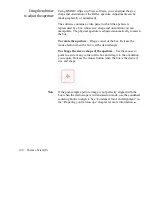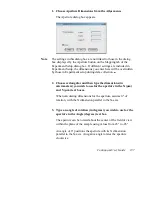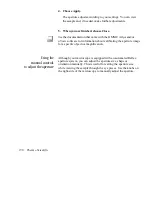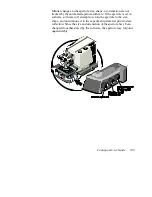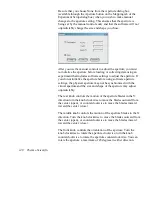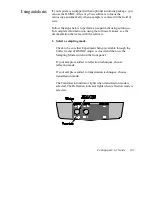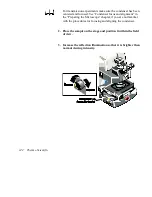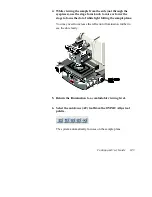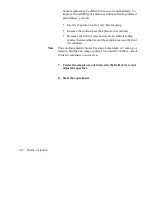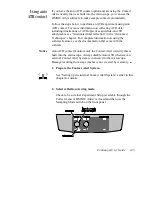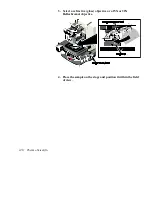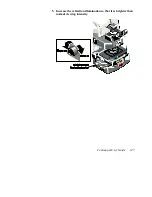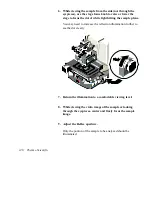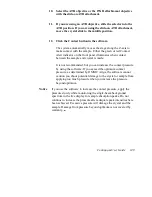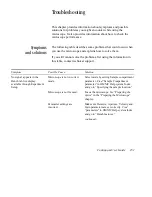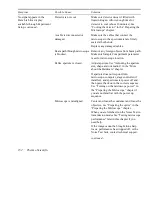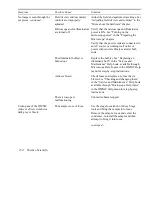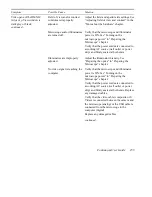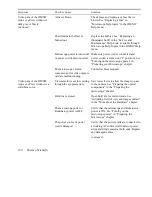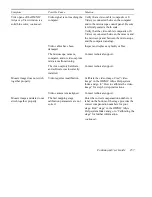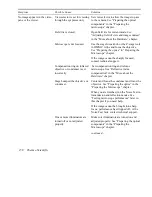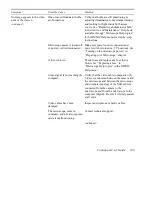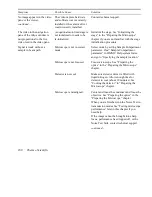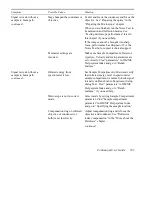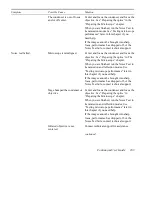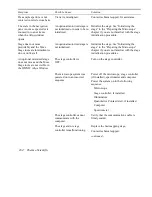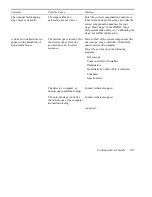Содержание Nicolet Continuum
Страница 1: ......
Страница 9: ...Continuµm User Guide 5 Front panel ...
Страница 10: ...Thermo Scientific 6 Control panel on left side ...
Страница 45: ...Continuµm User Guide 41 2 Turn on Reflex aperture illuminator ...
Страница 48: ...Thermo Scientific 44 ...
Страница 58: ...Thermo Scientific 54 Adjust the reflection aperture iris for good contrast in the video image ...
Страница 80: ...Thermo Scientific 76 17 When data collection finishes use the viewer pane to isolate peaks of interest ...
Страница 97: ...Continuµm User Guide 93 2 Lower the condenser completely Use the condenser focus knob ...
Страница 98: ...Thermo Scientific 94 3 If the universal slide holder is in place remove it from the stage ...
Страница 114: ...Thermo Scientific 110 2 Lower the condenser fully Use the condenser focus knob ...
Страница 115: ...Continuµm User Guide 111 3 If the universal slide holder is in place remove it from the stage ...
Страница 126: ...Thermo Scientific 122 ...
Страница 151: ...Continuµm User Guide 147 5 Increase the reflection illumination so that it is brighter than normal viewing intensity ...
Страница 154: ...Thermo Scientific 150 ...
Страница 176: ...Thermo Scientific 172 5 Choose Experiment Setup from the Collect menu The Experiment Setup dialog box appears ...
Страница 183: ...Continuµm User Guide 179 5 Choose Experiment Setup from the Collect menu The Experiment Setup dialog box appears ...

